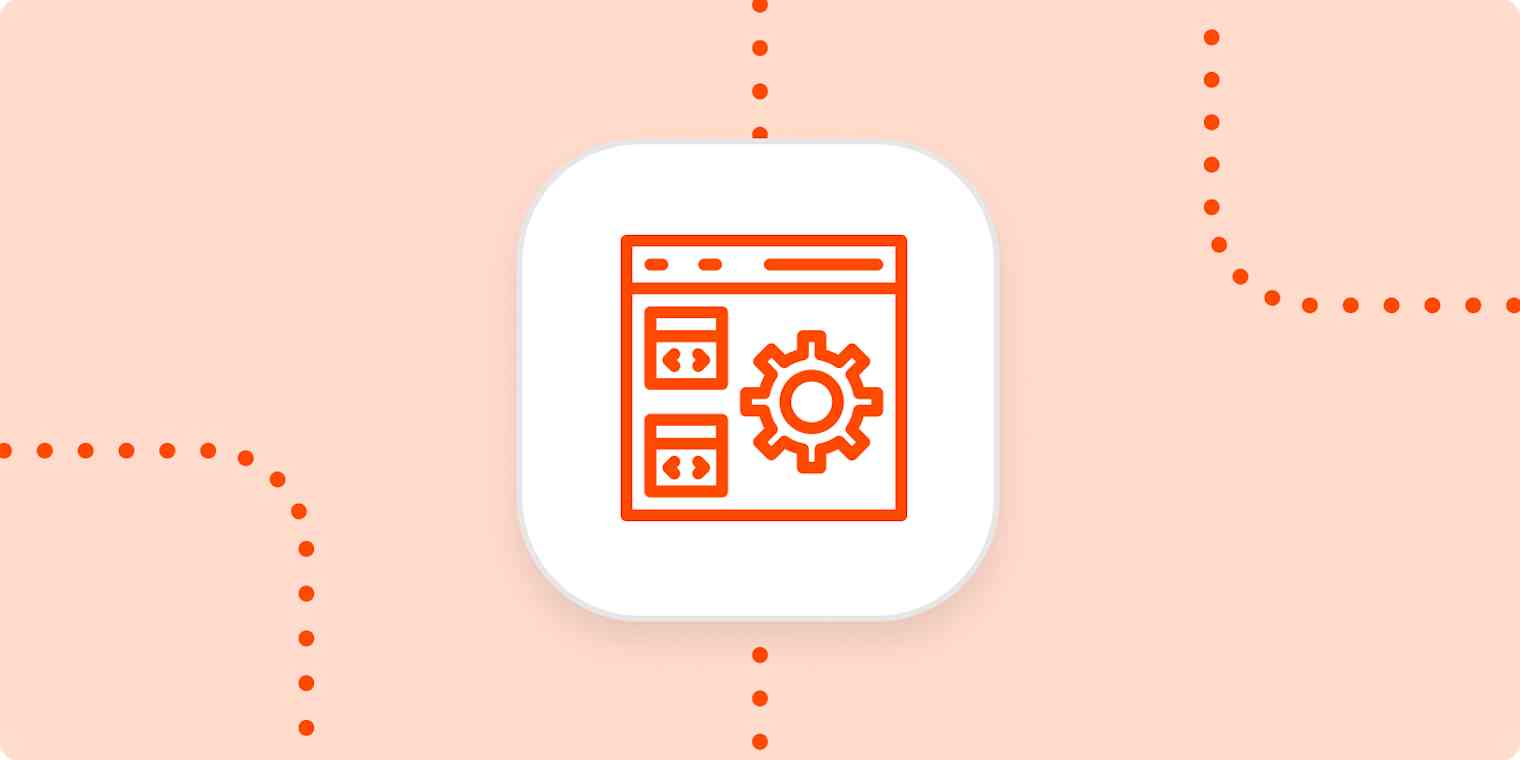Productivity tips
4 min readAccessibility and aesthetics don't have to be at odds
A brief history of universal design—and how we can put it into practice
By Renae Corcoran · December 29, 2021

Get productivity tips delivered straight to your inbox
We’ll email you 1-3 times per week—and never share your information.
tags
Related articles
Improve your productivity automatically. Use Zapier to get your apps working together.







